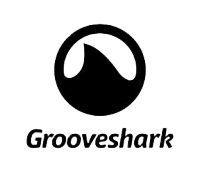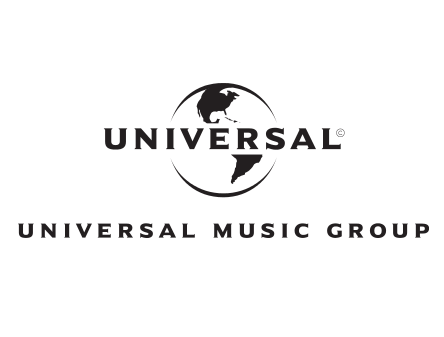I read recently read that the Electronic Frontier Foundation (EFF) and Harvard professor Lawrence Lessig are suing to prevent a rights holder from issuing a DMCA takedown notice in connection with a lecture that Lessig posted on YouTube.
Apparently, Lessig gave a talk at a Creative Commons conference that referenced the viral nature of some amateur dance videos filmed to the song "Lisztomania" by the band Phoenix. Such use falls under the "fair use" provisions of US copyright law, yet Phoenix's record company, Liberation Music, sent a takedown notice to YouTube demanding removal of the video. Lessig responded using YouTube's procedure, but Liberation Music continued to threaten legal action.
As I've written before (here, here and here), the DMCA provides for a notice-and-removal procedure that online providers and other companies must follow in order to remain "safe harbors" and be protected from infringement claims. However, the process doesn't provide for any kind of robust debate over the merits of a particular takedown notice, and therefore can too easily be used to inhibit free speech or remove materials that aren't actually infringing.
This is an important case, as it raises the question of what exactly constitutes "fair use". There is little case law on the subject and that makes it difficult to determine whether a particular use actually will infringe someone's copyright. By responding in such way, the EFF and Lessig will hopefully bring about the robust debate that needs to occur in fleshing out the concept of "fair use", thereby making a murky area of copyright law much clearer.



